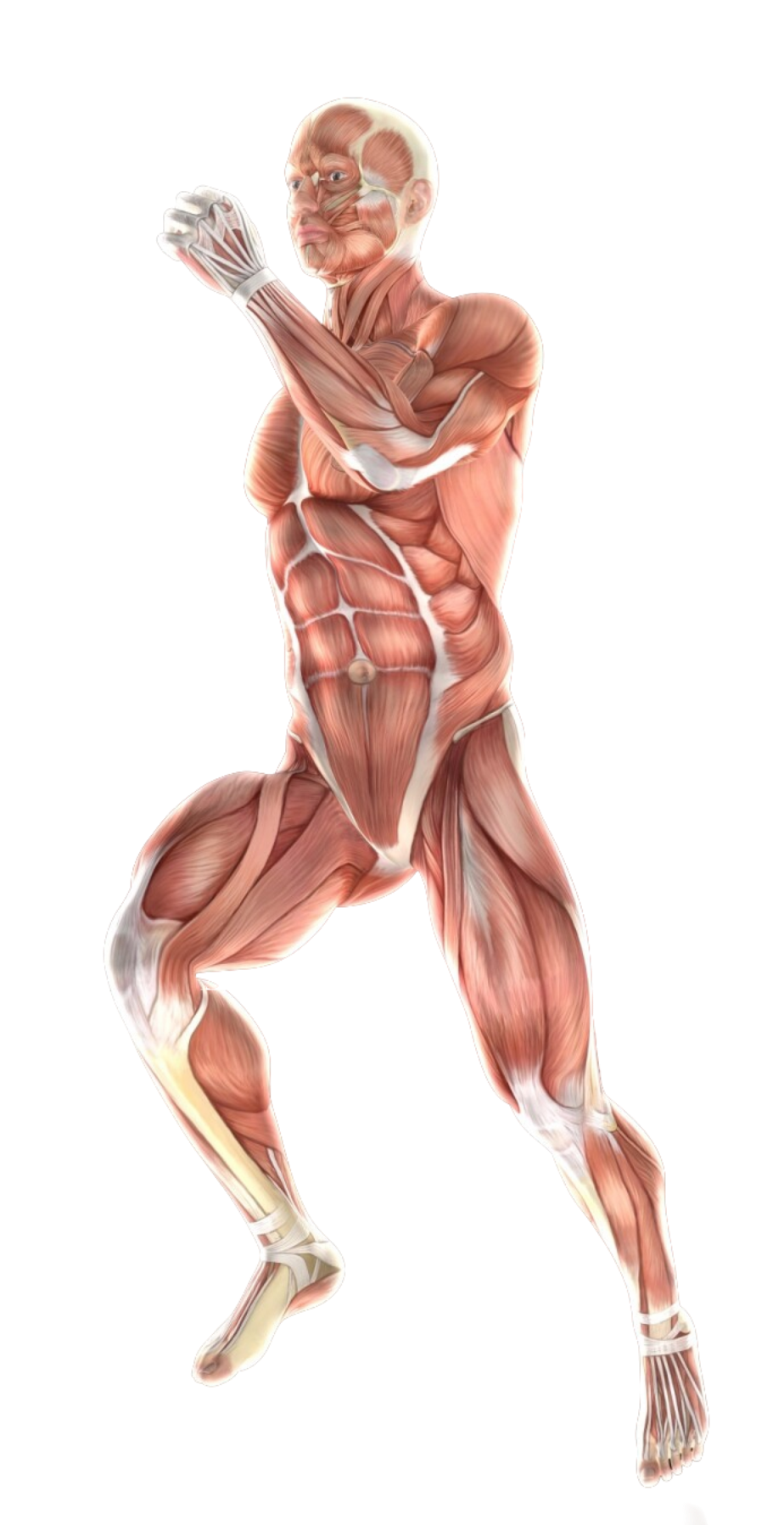- #11-13 Mount Elizabeth Medical Centre (Orchard)
- Mon Fri 9am — 6pm | Sat 9am — 12.30 pm
Carpal tunnel syndrome (CTS) is a common condition that causes numbness, tingling, and pain in the hand and wrist. This is caused by compression of the median nerve, which is a large nerve running through the carpal tunnel in your wrist. The carpal tunnel is a narrow passageway formed by bones and a ligament on the palm side of your wrist. When the tissues surrounding the median nerve swell, they compress the nerve within the carpal tunnel, causing the characteristic symptoms of CTS.
Although osteoarthritis can affect any joint in the body, the hip is a weight-bearing joint and is especially susceptible to tearing over time. In osteoarthritis of the hip, the cartilage gradually wears away, exposing the underlying bone.
Symptoms of carpal tunnel syndrome usually develop slowly and often affect the hand for activities such as writing. Here are some common signs and symptoms:
It is important to note that these symptoms can sometimes be caused by other conditions affecting the hand or wrist. Consultation with a health care professional is essential for proper diagnosis.
Several factors can contribute to carpal tunnel syndrome:
Certain factors can increase the risk of developing carpal tunnel syndrome:
A diagnosis of carpal tunnel syndrome usually includes:
Based on a physical examination and the results of any tests performed, a healthcare professional can diagnose carpal tunnel syndrome.
Treatment for carpal tunnel syndrome aims to relieve pressure on the median nerve and manage symptoms. Here’s an overview of common treatment options:
This is the first line of treatment for most cases of CTS. This usually includes:
Surgery is considered if non-surgical treatments fail to provide significant relief after a trial period (usually several months). Here is the most common surgical procedure for CTS:

Spine - Neck
Shoulder & Elbow
Spine — Back
Wrist & Hand
Knee Pain
Ankle Pain
Foot Pain
Book a consultation with us for a more comprehensive diagnosis and a personalised treatment plan best suited to your needs.

Spine - Neck
Shoulder & Elbow
Spine — Back
Wrist & Hand
Knee
Ankle
Foot